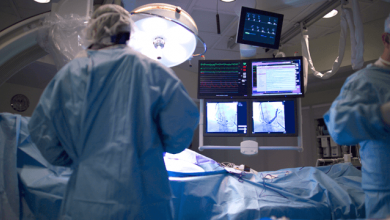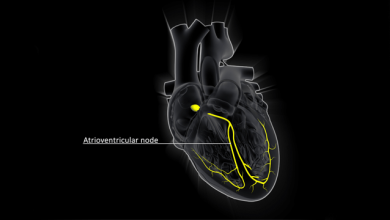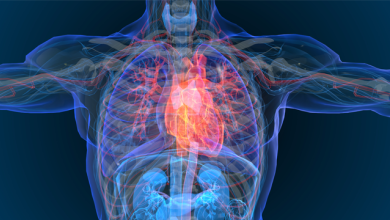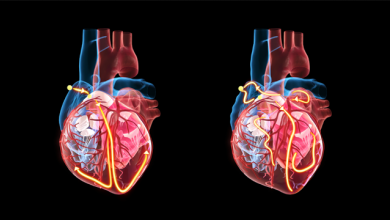Search results
Author(s):
Sharon A George
,
N Rokhaya Faye
,
Alejandro Murillo-Berlioz
,
et al
Added:
3 years ago
More than 100years have passed since the atrioventricular node (AVN) was first discovered by Sunao Tawara1 and described as a “Knoten” of tissue located at the proximal end of the Bundle of His (BoH).2 Despite the numerous advances in knowledge regarding the structure and function of the AVN, there are still several controversies that need to be addressed in both clinical and scientific settings…
View more
Author(s):
Maria Kokladi
Added:
3 years ago
Dear Sir,
I read with great interest the elegant review written by Dr Efimov and colleagues on the structure and properties of the atrioventricular (AV) node in the last issue of this journal (AER 6(4):179–85).1 However, there are several points that need further clarification.
The authors state that total protein and mRNA levels of Cx40, Cx43 and/or Cx45 can be assessed qualitatively and…
View more
Author(s):
Igor R Efimov
,
Sharon A George
Added:
3 years ago
Dear Sir,
Thank you for the opportunity to address the reader’s very important question regarding the roles of various connexin isoforms in the complex function of the human AV node.1 These isoforms can serve as a rate-dependent AV conduction axis during normal sinus rhythm or a lifesaving filter of high-frequency excitation produced by atrial tachyarrhythmias or as a backup junctional pacemaker…
View more
Author(s):
Robert H Anderson
,
Jill PJM Hikspoors
,
Justin T Tretter
,
et al
Added:
2 years ago
Author(s):
Abhishek Maan
,
Moussa Mansour
,
Jeremy N Ruskin
,
et al
Added:
3 years ago
Atrial fibrillation (AF) is the most common cardiac arrhythmia encountered in clinical practice.1 It has been estimated that >3million people in the US and >4.5 million in the EU have paroxysmal or persistent AF.2–4 AF is associated with an approximately fivefold increased risk of stroke,5 threefold risk of heart failure,6 diminished quality of life7 and increased healthcare costs.8,9…
View more
Author(s):
Demosthenes G Katritsis
,
Hugh Calkins
Added:
6 months ago
Author(s):
Fatima M Ezzeddine
,
Isaac G Leon
,
Yong-Mei Cha
Added:
8 months ago
Mahaim Revisited
Author(s):
Eduardo Back Sternick
,
Damián Sánchez-Quintana
,
Hein J Wellens
,
et al
Added:
1 year ago
Article
Author(s):
Xianxian Jiang
Added:
3 years ago
Author(s):
Demosthenes G Katritsis
,
Mark E Josephson
Added:
3 years ago
Atrioventricular nodal reentrant tachycardia (AVNRT) denotes re-entry in the area of the AV node, and represents the most common regular arrhythmia in the human.1 Although several models have been proposed to explain the mechanism of the arrhythmia in the context of the complex anatomy and the anisotropic properties of the atrioventricular (AV) node and its atrial extensions (see Figure 1),2 the…
View more















